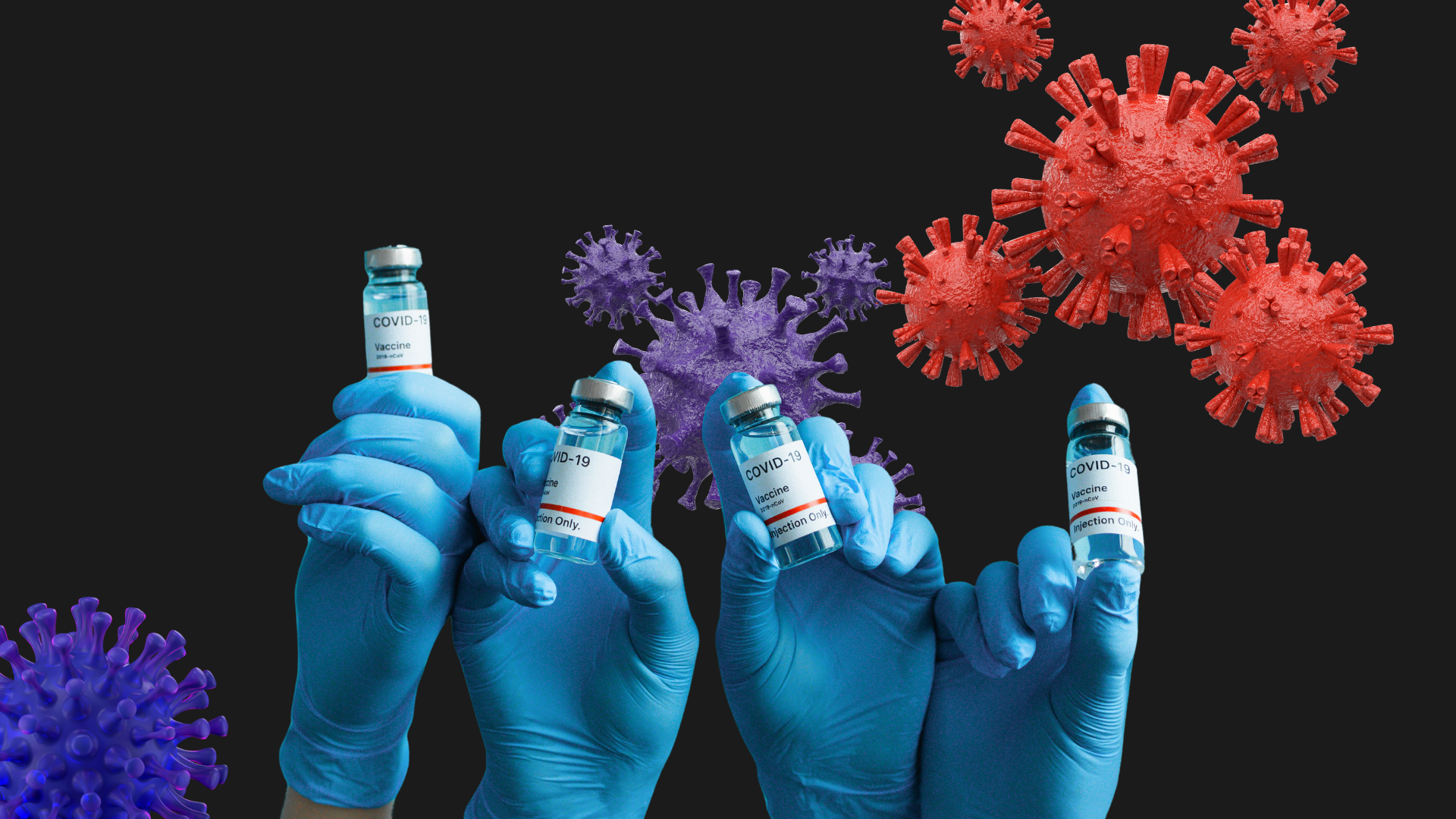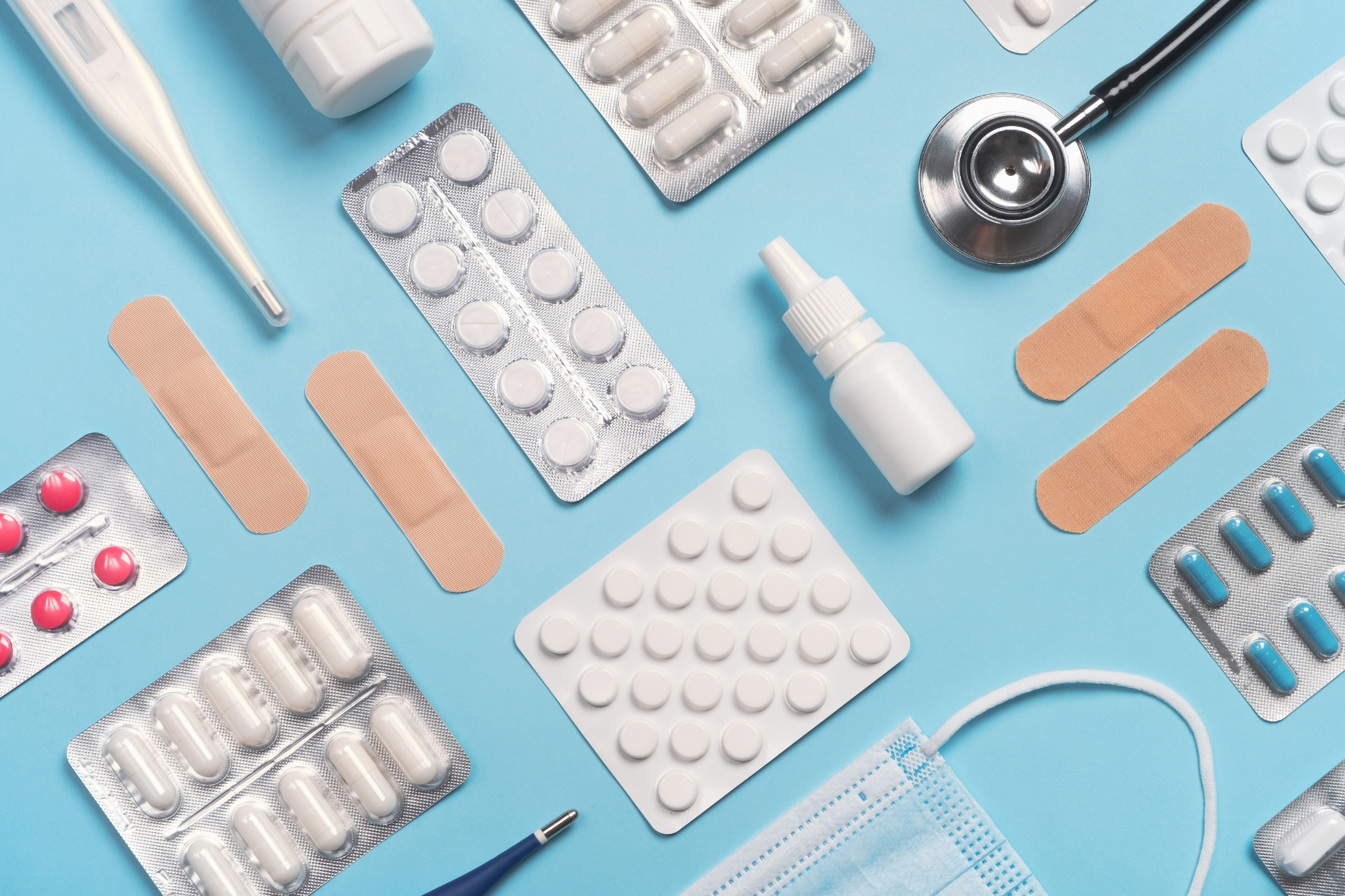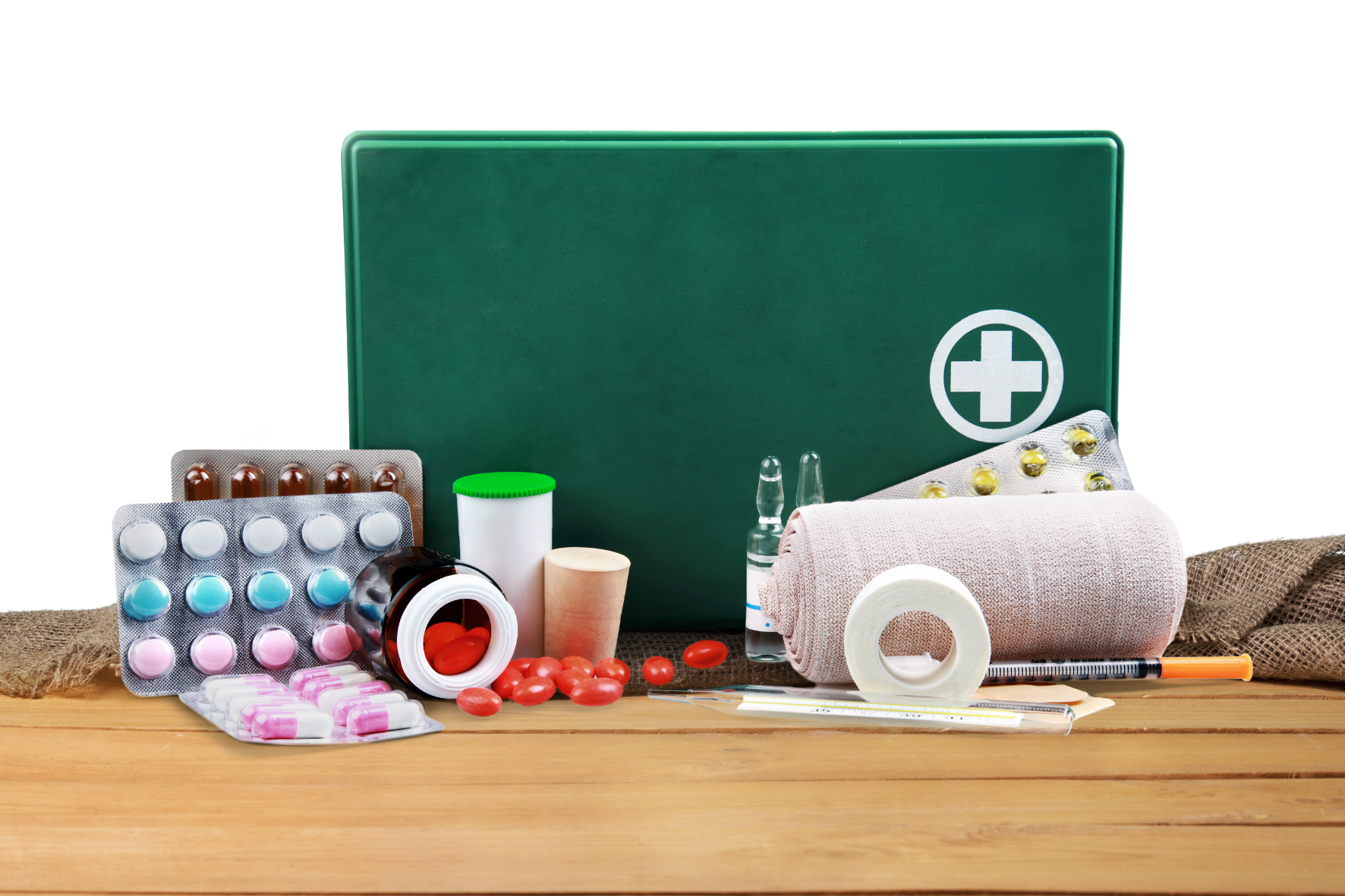Your Cart is Empty
Call, Text or Chat Mon-Friday 10AM-5PM CST : 1-844-WILDOAK
Menu
-
- Deals & Promos
- Homesteading
- Living Off The Grid
- Off Grid Toilet
- Composting Toilets
- Incinerating Toilet
- Chicken Coops
- Greenhouses
- DIY Shed Kits
- Barndominium Kit
- Garage Kits
- Poultry Processing
- Dog Kennels
- BeeKeeping
- EMP & Signal Protection
- Emergency Food Kits
- Freeze Dryers
- Solar Generators, Panels and Batteries
- Solar Fridge & Freezers
- Propane Wall Heater
- Water Filtration
- Coolers and Cooking
- Gazebos
- Portable Sauna
- Camping Cot
- Hunting Blind
- Canvas Tents
- Prepping
- Overlanding Gear
- Composting Toilets
- Solar Generators
- Brands
- Chicken Coop Brands
- Composting Toilet Brands
- Solar Brands
- Food Storage Brands
- Freeze Dryer Brands
- Water Filtration Brands
- Incinerating Toilet
- Dry Flush Toilet Brands
- Waterless Toilet Brands
- Heater Brands
- EMP Shield Brands
- Tent Brands
- Cot Brands
- Cooler Brands
- Stove & Grill Brands
- Dog Kennels
- Greenhouse & Gazebo Brands
- Portable Saunas
- DIY Shed Kits
- About Us
- Resource Center
- The Ultimate Prepper & Emergency Survival Blog - Includes Free eBook
- Beginners Guide to Living off The Grid - Includes Free eBook
- Building Your Own Emergency Food Supply
- Best Survival Food to Be Prepared for Anything
- Berkey Lab Tests & Certifications
- Federal Solar Tax Credit - What You Need to Know
- BLOG
-
- 1-844-945-3625
- Login

Call, Text or Chat Mon-Friday 10AM-5PM CST : 1-844-WILDOAK
Pandemic Preparedness: Don't Get Caught Off Guard Next Time
by Patricia Turla 9 min read
Before 2020 happened, the last thing on our minds was a global health crisis. Yet, within weeks, the world as we knew it was turned upside down. COVID-19 lockdowns hit, and suddenly, shelves were empty, masks became the new normal, and words like "social distancing" and "quarantine" became our everyday vocabulary.
What began as an outbreak in one city quickly escalated into a worldwide public health emergency. The world witnessed firsthand the devastating impact of the COVID-19 pandemic, highlighting the urgent need for effective pandemic preparedness planning.
Summary
Pandemic Preparedness Planning of the World During COVID-19
Global health systems were caught unprepared for COVID-19, emphasizing the need for pandemic preparedness plans.
Benefits of Being Prepared for Future Disease Outbreaks
Preparation minimizes panic buying, protects mental health, reduces supply chain strain, supports health efforts, and builds community resilience.
Essential Supplies for Future Pandemics
Stocking non-perishable foods, toiletries, cleaning supplies, medications, PPE, and other essentials ensures readiness for future pandemics.
Medical Supplies for Public Health Emergencies
Having a well-stocked supply of masks, gloves, disinfectants, over-the-counter medications, and a first-aid kit is essential for pandemic preparedness.
Why Emergency Food Kits Are Essential During Pandemics?
Emergency food kits ensure access to nutrition, minimize panic, and support health measures during pandemics.
The Role of Solar Generators in Pandemic Preparedness
Solar generators provide reliable power for medical equipment, communication, remote work, and comfort during public health emergencies.
Table of Contents
- Pandemic Preparedness Planning of the World During COVID-19
- Benefits of Being Prepared for Future Disease Outbreaks
- Essential Supplies for Future Pandemics
- Medical Supplies for Public Health Emergencies
- Why Emergency Food Kits Are Essential During Pandemics?
- The Role of Solar Generators in Pandemic Preparedness
- Conclusion
Pandemic Preparedness Planning of the World During COVID-19

When COVID-19 first hit, it was like a scene from a movie—one minute, life was going along as usual, and the next, other countries around the globe were enforcing lockdowns. During the emerging threats of the virus, the world realized just how ill-prepared we were for a public health emergency of such extent.
Many people were caught off guard when lockdowns began. Businesses closed, schools shut down, and public transport came to a halt. With little warning, life as we knew it was upended. The widespread unpreparedness for a pandemic highlighted significant gaps in our emergency response systems, both at the individual and governmental levels.
Panic Buying

The poor pandemic preparedness and response were evident in the desperate rush for supplies that followed the announcement of lockdowns. Panic buying became a common sight, with people scrambling to stockpile essential goods. Empty store shelves became the norm as items like toilet paper, hand sanitizer, and personal protective equipment (PPE) flew off the shelves.
The scenes of people hoarding groceries and essential supplies highlighted the gaps in our pandemic response systems. For instance, healthcare workers faced shortages of critical PPE, which hampered their ability to safely treat patients. The rush to secure these items exposed vulnerabilities in supply chains and the need for better coordination and communication during public health emergencies.
Challenges in Daily Life

Lockdowns brought about numerous challenges in daily life, such as:
-
The transition to remote work or online learning was fraught with difficulties. Not everyone had ready access to the necessary technology or a suitable environment for these activities. The digital divide became more apparent as those without internet access or adequate devices were left at a disadvantage.
-
Social isolation.The restrictions on gatherings and travel meant that people could not visit loved ones or participate in community events. Such isolation took a toll on mental well-being, emphasizing the need for comprehensive support systems during pandemics.
-
Economic impact of the lockdowns.Small businesses struggled to stay afloat, and many people faced job losses or reduced incomes. The lack of financial preparedness and support mechanisms highlighted the need for policies that ensure equitable access to resources and aid during such crises.
Lessons Learned From the Pandemic
Reflecting on the COVID-19 pandemic, several lessons emerge that can inform future preparedness and response efforts, including:
-
Having pandemic response plans in place.Governments and organizations need to develop comprehensive strategies that include stockpiling essential supplies, ensuring the availability of PPE, and maintaining flexible and resilient supply chains.
-
Investing in public health infrastructure.Enhance testing and tracing capabilities, expand healthcare facilities, and ensure that healthcare workers are adequately protected and supported. Research and development of vaccines and treatments must be prioritized.
-
Equitable access to resources.During COVID-19, disparities in access to healthcare, technology, and financial support became glaringly apparent. Efforts must be made to ensure that all segments of society, including high-risk groups like older adults and underserved communities, receive the necessary support and care during public health emergencies.
-
International cooperation.The global nature of disease outbreaks means that countries must work together to share data, resources, and best practices. Organizations like the World Health Organization (WHO) play a role in coordinating these efforts and providing guidance to member states.
Benefits of Being Prepared for Future Disease Outbreaks

During lockdowns, the availability of essential supplies ensures the following:
-
No Last-Minute Buying:By maintaining a stock of essential supplies, you can avoid the last-minute scrambles and panic buying that often occur at the onset of a health emergency. Not only does it reduce personal stress, but it also helps prevent shortages and ensures that everyone has the means to get the necessary goods.
-
Protect Mental Health and Reducing Anxiety:Knowing that you are prepared for a pandemic reduces anxiety by providing a sense of control and security. Preparedness allows you to focus on other important aspects of their lives, such as maintaining social connections and supporting community efforts.
-
Reduce Strain on Supply Chains:When individuals and families prepare in advance, it helps reduce the strain on supply chains. The pandemic preparedness planning ensures that essential goods are available for everyone, particularly those who may not have the means to stockpile supplies.
-
Support Health Efforts:Preparedness and response plans are essential components of health efforts. When individuals and communities are well-prepared, it supports broader public health initiatives aimed at controlling the spread of disease and protecting vulnerable populations.
-
Build Resilience and Community Support:Being prepared reduces the burden on emergency services and healthcare systems, allowing them to focus on those most in need.
Essential Supplies for Future Pandemics
Future pandemics, like any public health emergency, demand that we be well-prepared to mitigate the impact on our daily lives.
Suggested List of Basic Items

Having essential supplies supports daily life and well-being during lockdowns and restrictions, such as:
-
Non-Perishable Foods: Stock up on items like canned goods, dried beans, rice, pasta, and other shelf-stable foods. These items have a long shelf life and can provide sustenance during extended lockdowns.
-
Toiletries: Ensure you have enough toilet paper, soap, toothpaste, and other personal hygiene products to last several weeks.
-
Cleaning Supplies: Keep a good supply of disinfectants, wipes, hand sanitizers, and other cleaning products to maintain a clean and safe living environment.
-
Medications: Have a sufficient supply of prescription medications and over-the-counter drugs like pain relievers, cold and flu medicine, and vitamins.
-
PPE: Masks, gloves, and face shields are essential for protecting yourself and others from the pandemic potential pathogens.
-
Batteries and Flashlights: Power outages can occur during pandemics, so having these items on hand is essential.
-
First Aid Kit: A well-stocked first aid kit can help address minor injuries and illnesses without needing to visit a healthcare facility.
-
Pet Supplies: Don't forget about your furry friends. Ensure you have enough pet food, medications, and other necessities for your pets.
-
Baby Supplies: If you have infants, stock up on diapers, formula, baby food, and other baby care items.
Medical Supplies for Public Health Emergencies
Being equipped with the right medical supplies affects our ability to respond effectively to the emerging threats of a pandemic.
Types of Basic Medical Items for Pandemic Prevention and Preparedness

Some of the basic things you should have on hand are listed as follows:
-
Masks:Prevent the spread of respiratory droplets, which can carry viruses and other pathogens. During the COVID-19 pandemic, masks became a critical tool in reducing transmission rates. Stocking up on a variety of masks, including N95 respirators, surgical masks, and cloth masks, can provide multiple layers of protection for different scenarios.
-
Gloves:Protect your hands from coming into direct contact with pathogens. During the pandemic, healthcare workers and the general public alike used gloves to minimize the risk of infection. Get a supply of disposable gloves, such as nitrile or latex, to use when handling potentially contaminated objects or caring for someone who is ill.
-
Disinfectants:Keeping surfaces clean is key to preventing the spread of viruses. Disinfectants, such as alcohol-based wipes and sprays, should be readily available in homes, workplaces, and public spaces. Regularly disinfecting high-touch surfaces like doorknobs, countertops, and mobile phones can significantly reduce the risk of transmission.
-
Over-the-Counter Medications:Alleviate symptoms and provide comfort to those who are sick. Stock up on pain relievers like acetaminophen and ibuprofen, cold and flu medications, cough suppressants, and decongestants. These medications can help manage symptoms while waiting for professional medical care if needed.
The Significance of Having a First-Aid Kit and Knowing How to Use It
A first-aid kit is a must-have in any emergency preparedness plan. It provides immediate care for injuries and illnesses before professional medical help arrives.However, having a first-aid kit is only part of the equation.
Knowing how to use it is equally necessary. Basic first-aid training can teach you how to handle a broad range of common injuries, such as cuts, burns, and sprains. It can also equip you with the skills to perform CPR and use an automated external defibrillator (AED). Many organizations, such as the Red Cross, offer first-aid and CPR training courses that can prepare you for emergency situations.
Basic Components of a First-Aid Kit

A comprehensive first-aid kit should include:
- Adhesive bandages of various sizes
- Sterile gauze pads and adhesive tape
- Antiseptic wipes and ointment
- Tweezers and scissors
- Instant cold packs
- A digital thermometer
- Pain relievers and antihistamines
- A CPR face shield
- An emergency blanket
Why Emergency Food Kits Are Essential During Pandemics?
Emergency food kits are essential for several reasons:
-
Ensuring Access: During a pandemic, food becomes a major concern, especially for high-risk groups such as older adults and low-income families. Emergency food kits can help bridge this gap, ensuring that everyone has a chance to get nutritious food regardless of their circumstances.
-
Minimizing Panic and Ensuring Stability: By having an emergency food kit, households can reduce their need to venture out and compete for limited resources, helping to stabilize the community's food supply.
-
Supporting Health Measures: With a well-stocked emergency food kit, individuals can comply with these measures without the stress of wondering where their next meal will come from, aiding in the overall pandemic response and prevention efforts.
Recommendations for Reliable Emergency Food Kits
Below are some recommendations for reliable kits and storage tips:
-
Nutrient-Rich and Diverse Options: Look for emergency food kits that offer a variety of nutrient-rich foods, including proteins, carbohydrates, and vitamins. Brands like ReadyWise, Nutrient Survival, and Numanna provide diverse meal options that are not only nutritious but also palatable.
-
Long Shelf Life: Emergency food kits should have a long shelf life, typically ranging from 10 to 25 years. A longer shelf life ensures that the food remains safe and edible for an extended period without the need for frequent replacements.
-
Easy Preparation: Opt for kits that require minimal preparation, such as those that only need water for rehydration.
-
Storage Tips:
-
Cool, Dry Place: Store your emergency food kits in a cool, dry place to extend their shelf life. Avoid areas that are prone to temperature fluctuations or moisture.
-
Rotate Stock: Periodically check the expiration dates and rotate your stock to ensure you always have fresh supplies.
-
Accessible Location: Keep your emergency food kits in an accessible location so you can quickly grab them during an emergency.
-
-
Consider Dietary Restrictions: Ensure the emergency food kit caters to any dietary restrictions or allergies within your household. Some brands offer gluten-free, vegetarian, and other special dietary options.
The Role of Solar Generators in Pandemic Preparedness

During public health emergencies like the COVID-19 pandemic, having a reliable power source becomes even more necessary. Solar generators can support pandemic preparedness and response in several ways:
-
Powering Medical Equipment: Ensure that critical medical devices, such as ventilators and refrigeration for vaccines, remain operational.
-
Communication: Keep communication devices charged to stay informed about public health updates and coordinate with emergency services.
-
Remote Work and Education: Maintain power for computers and internet routers, enabling remote work and online education during lockdowns.
-
Comfort and Safety: Provide lighting, heating, or cooling to maintain a safe and comfortable living environment during extended power outages.
Choosing the Right Solar Generator for Your Home
Selecting the right solar generator involves considering several factors to ensure it meets your specific needs during emergencies.
-
Power Requirements: Assess your power needs by listing all essential devices and their wattage. Consider a generator with a higher capacity to accommodate future needs.
-
Battery Capacity: Look for a generator with sufficient battery storage to last through extended outages. Battery capacity is measured in watt-hours (Wh).
-
Portability: If you need to move the generator frequently or use it for outdoor activities, choose a lightweight and portable model.
-
Charging Options: Ensure the generator offers multiple charging methods, including solar panels, AC outlets, and car chargers, for maximum flexibility.
-
Durability: Select a generator built to withstand harsh conditions, with robust construction and weather-resistant features.
-
Brand Reputation: Research and choose reputable brands known for quality and reliability. Read reviews and seek recommendations from other users.
Conclusion
The experience of COVID-19 has taught us invaluable lessons that can help ensure that we are better equipped to handle future pandemics and health threats. By taking proactive steps to stock essential items, build emergency food kits, and invest in reliable power sources, we can enhance our resilience and protect our communities.

Have any questions or would like to place an order? We'd love to help! Chat with our friendly customer service team by calling 1-844-945-3625, chatting in on our website or email us at customersupport@wildoaktrail.com. We look forward to hearing from you!
Leave a comment
Comments will be approved before showing up.

